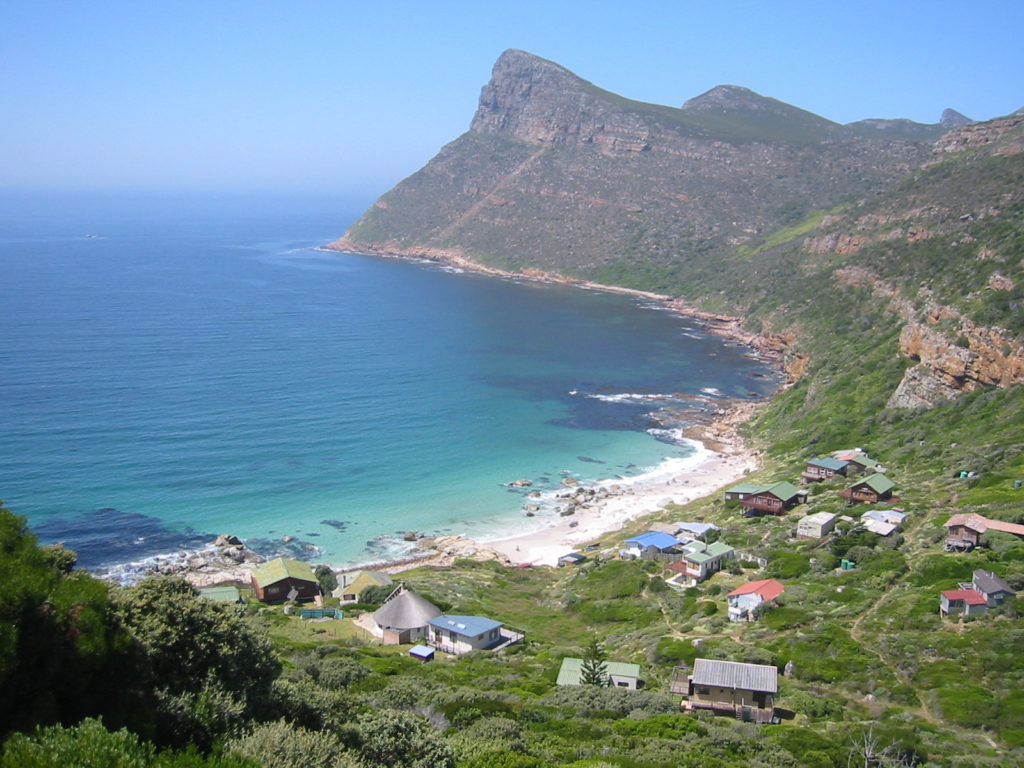Have you ever wondered how False Bay got its name? This stretch of Western Cape coastline is famous for its marine residents, such as sharks, seals and the occasional visit from orca duo Port and Starboard but the origin of its name is not as well-known.
Bartolomeu Diaz initially described False Bay as the ‘gulf between mountains’ in 1488. Sailors returning to this coast from the east initially confused Cape Point and Cape Hangklip, which have similar forms. Hangklip was known to the early Portuguese seafarers as Cabo Falso, or False Cape, which is where the name False Bay came about.
Commercial fishing was started in the late 17th century soon after settlement by the Dutch.
A Dutch warship called Goudvinck was stationed at the Cape, and was instructed to survey False Bay. It is, however, not known how much surveying was actually carried out before they were recalled. Simon van der Stel sailed to False Bay in November 1687 on a ship called De Noord, and recorded descriptions of the islands, reefs and shoreline of the bay.
The Whittle Rock reef is reportedly named after an officer of the Royal Navy, who surveyed parts of False Bay after another ship was damaged off Miller’s Point soon after the first British Occupation of the Cape in 1795.
False Bay, which stretches across 116km, is also home to South Africa’s largest naval base at Simon’s Town, and has small fishing harbours at Kalk Bay and Gordon’s Bay.
Recently, a 14-metre-long Humpback whale washed ashore on Strandfontein – located on the False Bay coast – and scientists have warned that this may not be last such incident.
The country has noted low numbers of southern right whales this year, and reports show that seals as far as Namibia are starving, which may indicate a food shortage.
Picture: Twitter






